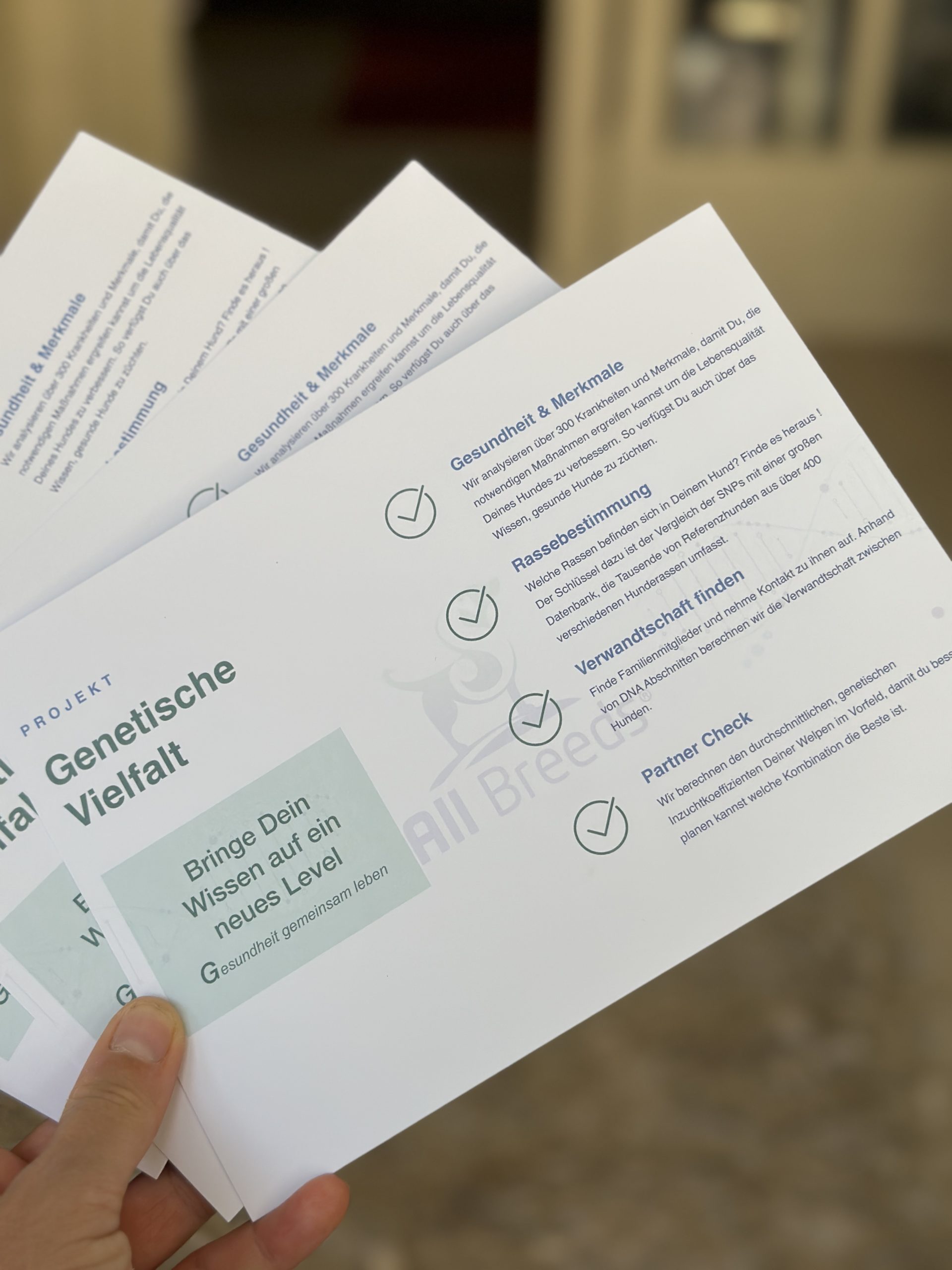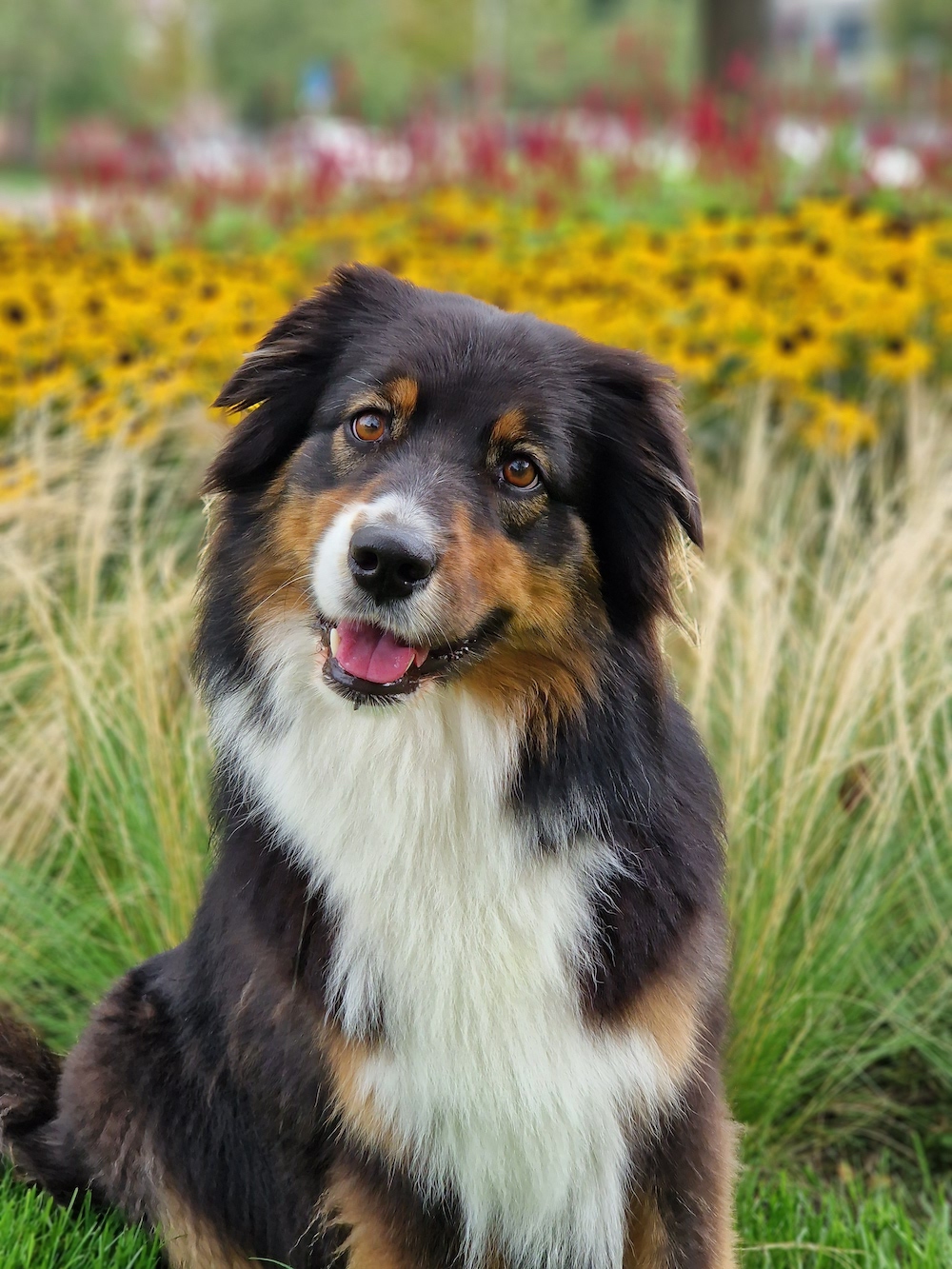Understanding the Dog’s Ancestral Loss Coefficient (AVK): Exploring the Phenomenon of Duplicated Ancestors
Breeding dogs is a fascinating and complex process that involves careful consideration of various factors, including the ancestral background of the dogs involved. One important aspect of this ancestral background is the Ancestral Loss Coefficient (AVK), which measures the percentage of unique ancestors in a dog’s pedigree. This coefficient helps breeders assess the level of genetic diversity present in their breeding program. In this article, we will delve into the concept of AVK and explore the phenomenon of duplicated ancestors in canine breeding.
What is the Ancestral Loss Coefficient (AVK) in Dogs?
The Ancestral Loss Coefficient (AVK) is a metric that quantifies the loss of genetic diversity resulting from the presence of duplicated ancestors in a dog’s pedigree. Duplicated ancestors refer to individuals that appear multiple times in a pedigree, often due to popular sires or influential breeding lines. AVK is expressed as a percentage and reflects the proportion of unique ancestors in a certain number of generations. A higher AVK indicates greater genetic diversity, while a lower AVK suggests increased inbreeding and potential health issues.
To calculate the AVK, breeders analyze the number of unique ancestors within a specified number of generations in a dog’s pedigree. This typically involves examining pedigrees going back anywhere from four to eight generations. By identifying duplicated ancestors and calculating the AVK, breeders can make informed decisions about breeding pairs and work towards maintaining a diverse gene pool within a specific breed.
Unveiling the Phenomenon of Duplicated Ancestors in Canine Breeding
Duplicated ancestors are a common occurrence in many dog breeds, especially those with a small population and limited genetic diversity. Popular sires and influential breeding lines often result in dogs with a high number of duplicated ancestors, leading to a lower AVK. While some level of inbreeding can have positive effects, such as solidifying desirable traits, excessive inbreeding can increase the risk of genetic disorders and reduce overall health and vigor.
Breeders strive to strike a balance between maintaining breed type and health by carefully managing the presence of duplicated ancestors. By selecting breeding pairs with low AVKs and different duplicated ancestors, breeders can decrease the likelihood of passing on inherited health issues while preserving the desired qualities of the breed. Genetic testing and pedigree analysis tools have become valuable resources for breeders in their efforts to manage the phenomenon of duplicated ancestors and maintain genetic diversity.
Understanding the Ancestral Loss Coefficient (AVK) and the concept of duplicated ancestors is crucial for breeders in their pursuit of healthy and genetically diverse dog breeds. By carefully analyzing pedigrees, calculating AVKs, and making informed breeding decisions, breeders can contribute to the long-term preservation of breed standards and the overall well-being of the dogs they work with. Through the responsible management of genetic diversity, breeders can help ensure the continued vitality and sustainability of our beloved canine companions.


